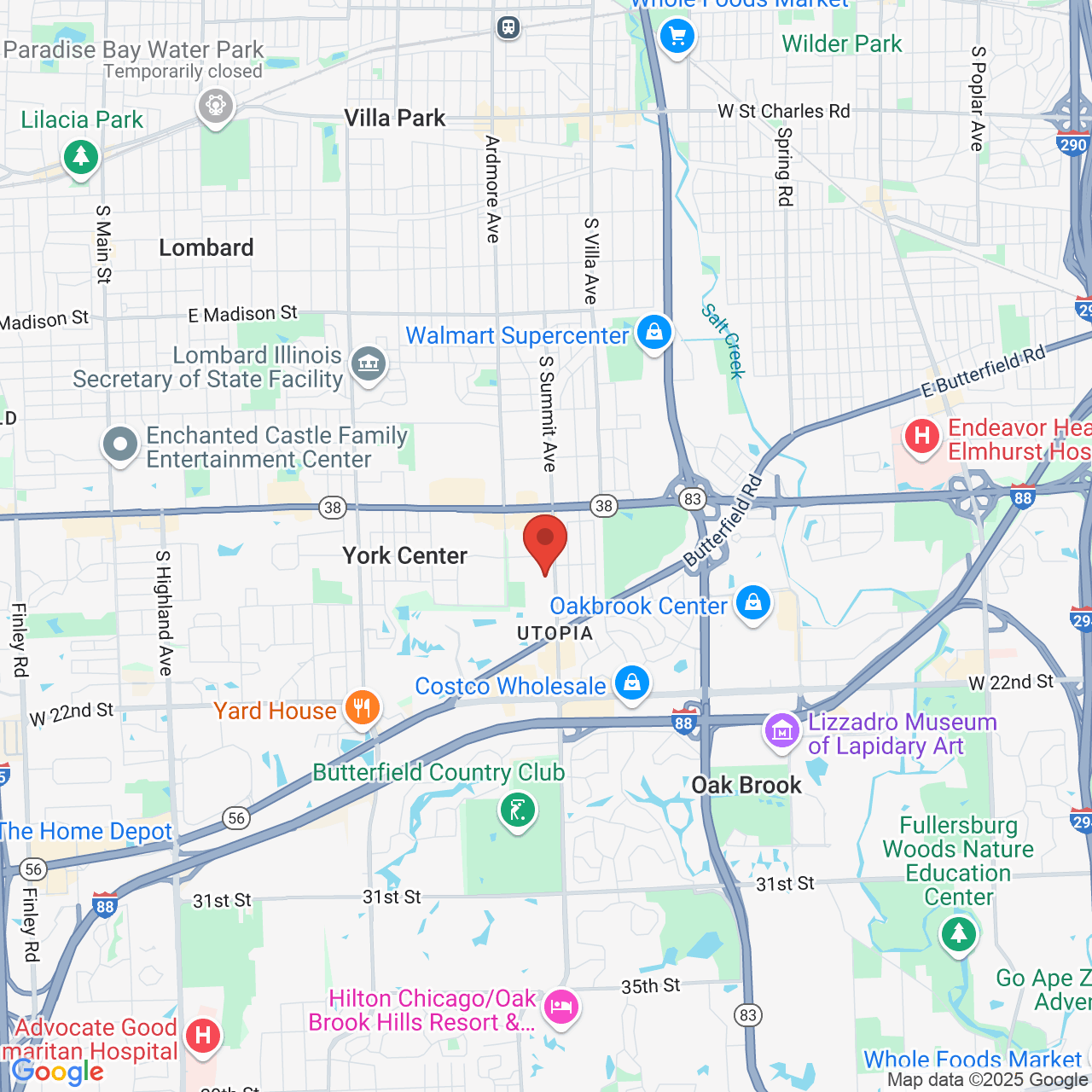Hair Transplant Scar Revision
 Hair transplant surgery transfers hair follicles from a donor site to restore volume to areas of the scalp that have experienced hair loss or thinning. Today’s hair transplant techniques offer impressive results with minimal scarring. However, not too long ago, hair transplant techniques tended to leave behind more obvious scars.
Hair transplant surgery transfers hair follicles from a donor site to restore volume to areas of the scalp that have experienced hair loss or thinning. Today’s hair transplant techniques offer impressive results with minimal scarring. However, not too long ago, hair transplant techniques tended to leave behind more obvious scars.
Individuals who are unhappy with the appearance of previous hair transplant scars can undergo hair loss retreatment to enhance hair transplant results. At Chicago Hair Institute, Dr. Raymond J. Konior offers our Chicago, IL, patients hair transplant scar revision to minimize the appearance of scars so that they are easy to conceal beneath a full head of hair.
Reasons for Scar Revision
Scar revision is performed to reduce the appearance of particularly large or thick hair transplant scars. Occasionally, revision is needed because someone underwent hair transplant treatment with an inexperienced surgeon or one who failed to provide quality care. But the most common reason for scar revision surgery is scarring left behind from an older hair transplant procedure.
Hair transplant techniques have advanced significantly within the past decade. Not long ago, the strip technique was the only hair transplant procedure available. The strip technique requires longer incisions than the FUE technique that is commonly used today. Additionally, older techniques left behind thicker scars that weren’t as easy to hide. Today, superior surgical techniques offer more precise control that results in more personalized treatment, and smaller, less visible scars.
Scar Revision Techniques
There are two techniques that may be used to reduce the appearance of an older hair transplant scar. The first technique involves cutting and removing old scar tissue. After the scar is removed, new incisions are closed using a trichophytic closure. The trichophytic closure causes hair to grow into scar tissues. This technique leaves behind a smaller, thinner scar than other techniques, and encourages hair growth in the scar tissue so that the resulting scar is easily camouflaged.
The scar revision technique that Dr. Konior most often provides our Chicago patients involves transplanting hair follicles into older scar tissue. Using the FUE technique, individual follicles of hair are harvested and transplanted into the scar. This technique encourages hair growth over and around scar tissues. As new hair grows in, old hair transplant scars are easily hidden.
Scar Revision Results
It is important that our Chicago patients have realistic expectations for the results of scar revision treatment. Every surgical procedure is going to leave behind some degree of scarring. Fortunately, scar revision treatment can significantly reduce the appearance of transplant scars so that they are better concealed and not as noticeable to others.
Contact Us
Whether you are concerned with the appearance of a previous hair transplant scar, or are looking to treat hair loss for the first time, Dr. Raymond J. Konior and our team at Chicago Hair Institute can help. To learn more about our comprehensive range of hair loss treatments, call (630) 932-9690 to schedule a personal consultation at your earliest convenience.





